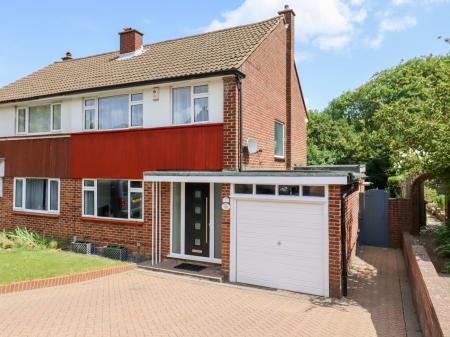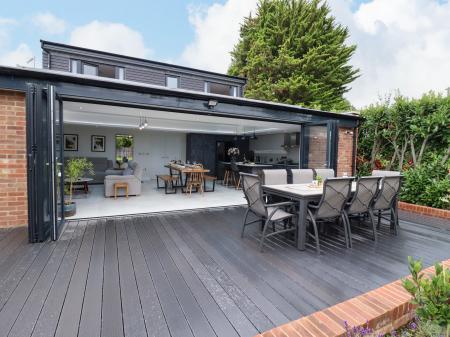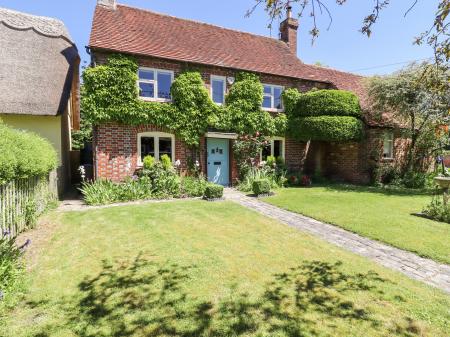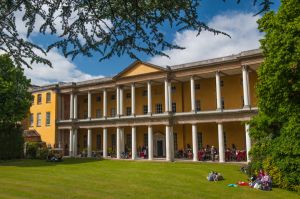
History
In 1698 the first Francis Dashwood built a house on this pleasant Chiltern site, at the base of a high hill. Most of that first house was swept away when the second Francis Dashwood built the ornate mansion house we see today, though small parts of the original building are incorporated into the fabric of the second house.
The second Francis Dashwood was inspired by the places he had seen in Europe during an extended Grand Tour. At West Wycombe he decided to build a Palladian villa for entertaining, and set about creating, not just a house, but a house set in a landscape of classical variety and culture. The finished product is embellished with classical porticoes and columns that would easily grace the Greek or Italian countryside.
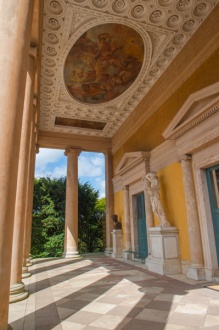
Though Dashwood was inspired by culture and, in particular, classical architecture and art, he was also a free-spending, hard-living debauchee. Horace Walpole once remarked that Dashwood was seldom sober during his stay in Italy, and he certainly didn't restrain himself when he returned.
Over the centuries Dashwood gained a reputation which emphasized the more outrageous activities of the free-spirited, hard-drinking, free-love Hellfire Club leader, but there was much more that was positive.
He excavated the Hellfire Caves (separate admission) in part to access building materials to improve local roads. He built a beacon tower to guide travellers across Lincoln Heath. And at West Wycombe Park he created a warm and inviting house.
The interior of the house remains as Dashwood left it in 1789, a splendid rococo symphony of marble, marquetry, and intricate plasterwork.
The finest chamber is the Music Room, created out of several smaller rooms around 1748. Despite the name, this has always been used as a ball room. The ceiling is decorated with a superb painting by Giuseppe Borgnis, who also painted the Blue Drawing Room and Yellow Saloon.
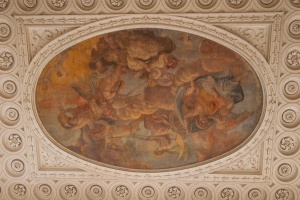
The Tapestry Room was used as a bedroom by George III on a state visit. Equally impressive is the Staircase and Hall; the amazing staircase is crafted from mahogany inlaid with satinwood and ebony. The staircase walls are painted with scenes that become increasingly erotic as one climbs the stairs.
Almost no changes took place inside the house during the Victorian period, which must have made restoration a lot easier! In the 20th century the 11th baronet (also named Francis Dashwood) managed to buy back pieces of furniture that had been sold over the years and return them to the house, and in most cases, to the exact position within the house they had occupied in the second Francis Dashwood's time.
Francis Dashwood II also created the perfectly preserved rococo landscape garden set in the beautiful Chilterns countryside. Highlights in the gardens include a man-made lake, created in the shape of a swan by altering the course of the River Wye.
If you have a vivid imagination you can close one eye and picture the scene at the lake when Francis Dashwood had a galleon brought overland from the Thames and used the lake to recreate famous naval battles, complete with real cannon-fire.
The classical theme runs through the garden, with follies and grottoes, winding paths and classical statues at every turn. Look for the Temple of Music on an island in the lake, and the Temple of Apollo, once used as a cock-fighting venue.
West Wycombe village also belongs to the National Trust and it is worthwhile taking a stroll through the village to see the large number of timber-framed buildings. A trail leads up the hill to Hellfire Caves, and another trail rises to the hilltop, where you will find the extraordinary parish church, with a large golden ball on top of the tower. Just below the church is a large family burial ground.
Note: Photography was not allowed inside the house when I visited, so I'll have to limit myself to sharing photos of the house exterior and the exquisite gardens.
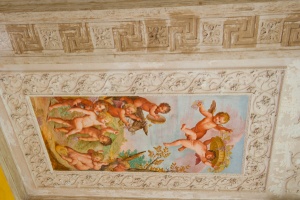
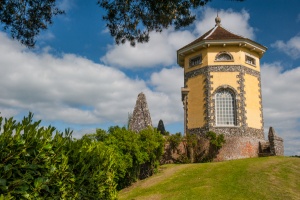
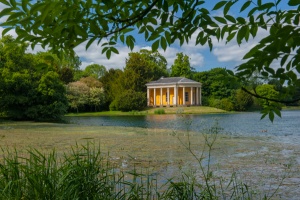
Garden: Carefully preserved rococo landscape garden by Sir Francis Dashwood is the perfect counterpart to the theatrical, Italianate home he created in the mid-18th century. There is no shortage of statues and grottoes, and the ornamental lake reflects the mature trees of the park.
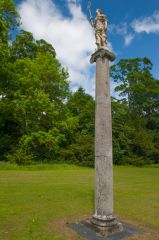
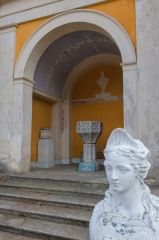
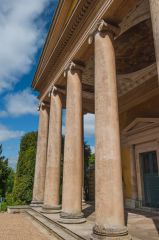
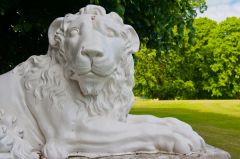
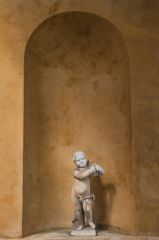
 We've 'tagged' this attraction information to help you find related historic attractions and learn more about major time periods mentioned.
We've 'tagged' this attraction information to help you find related historic attractions and learn more about major time periods mentioned.